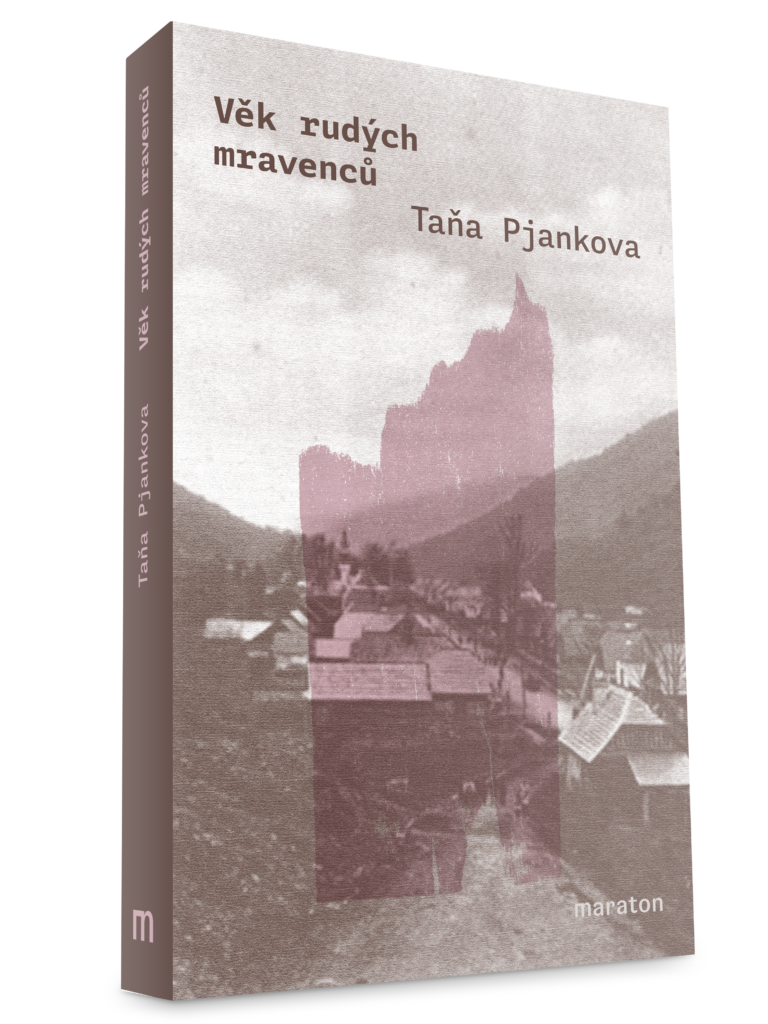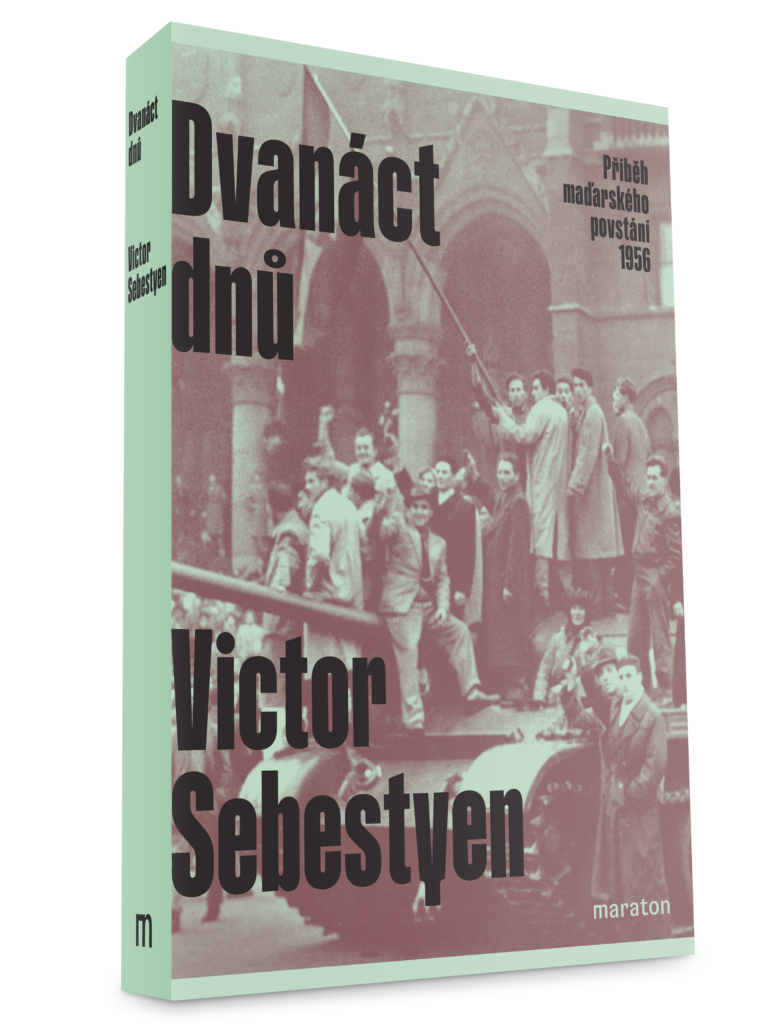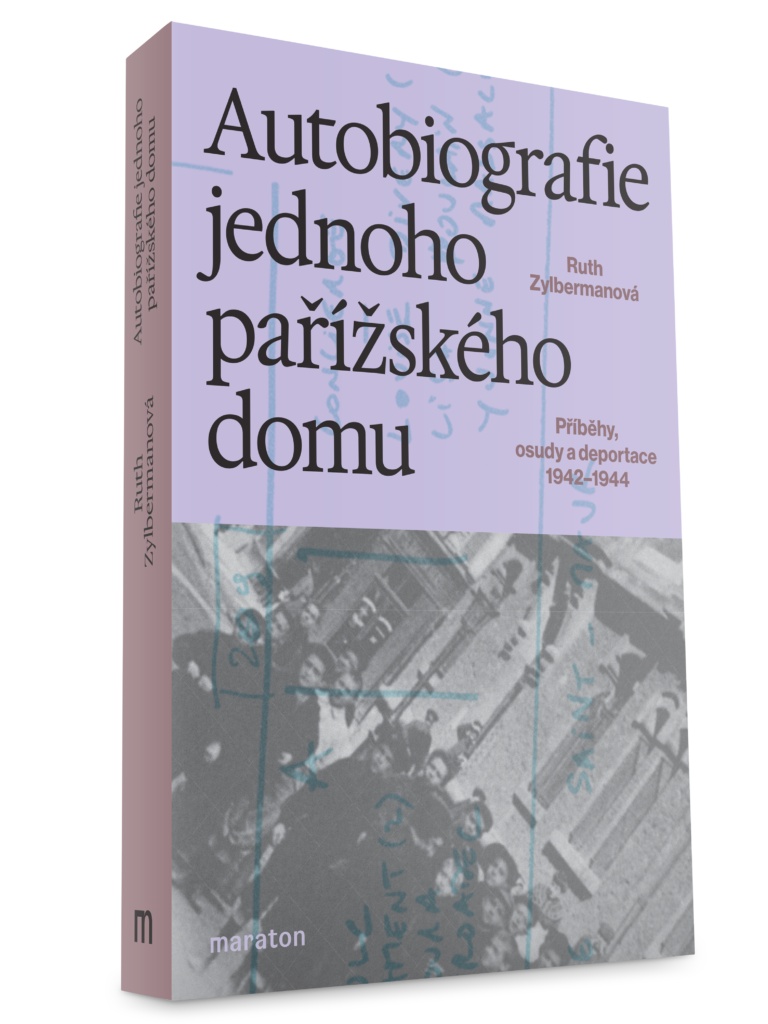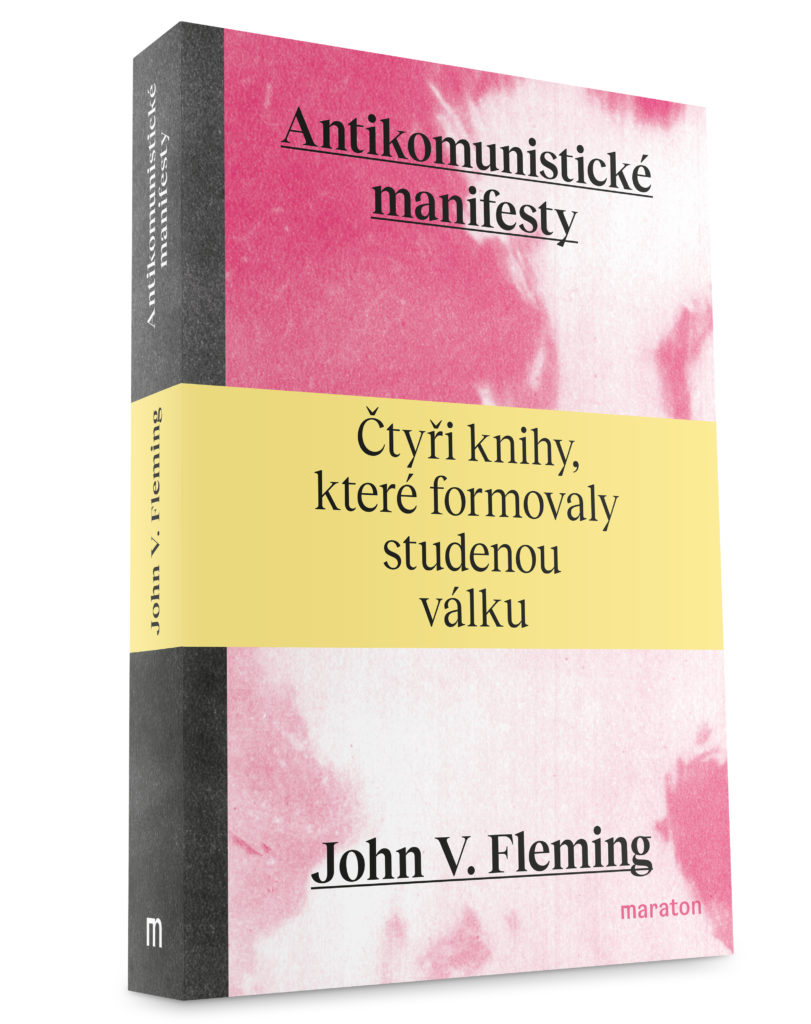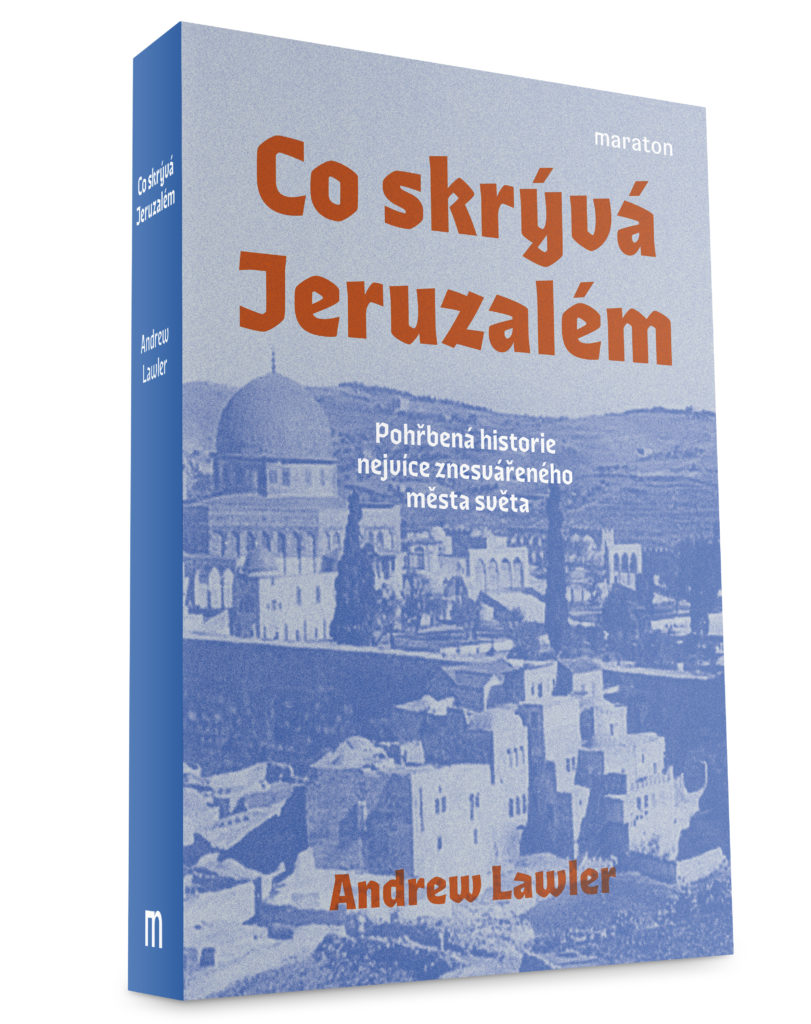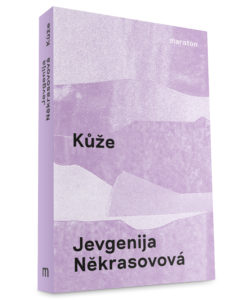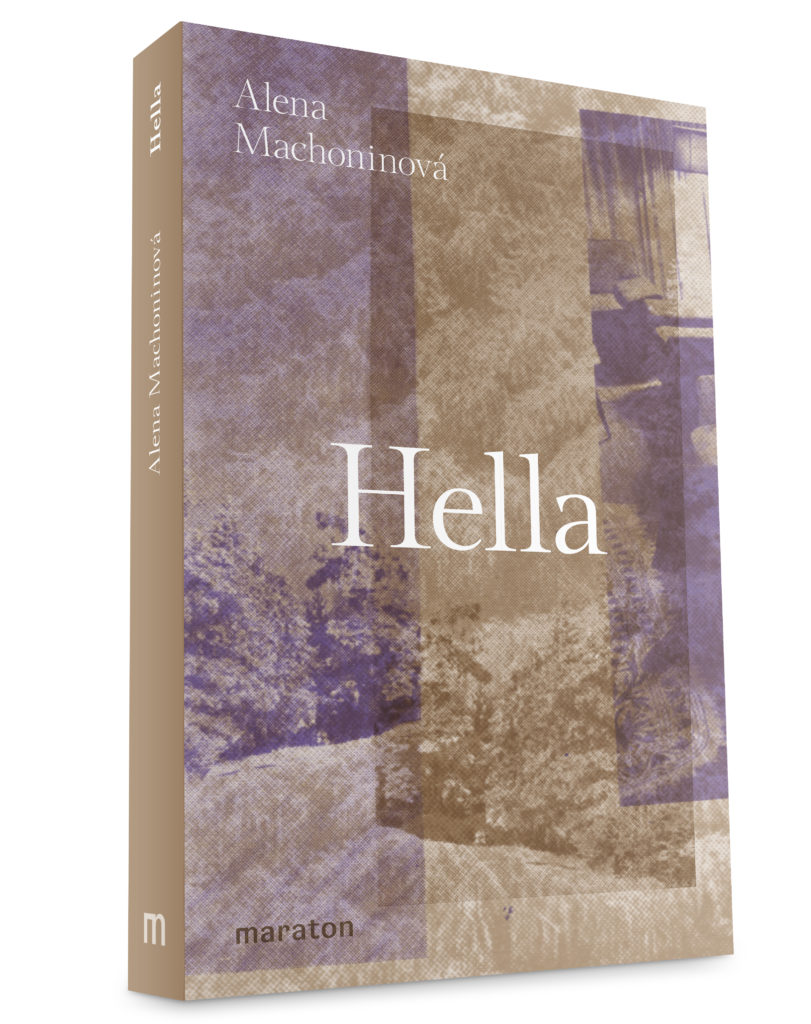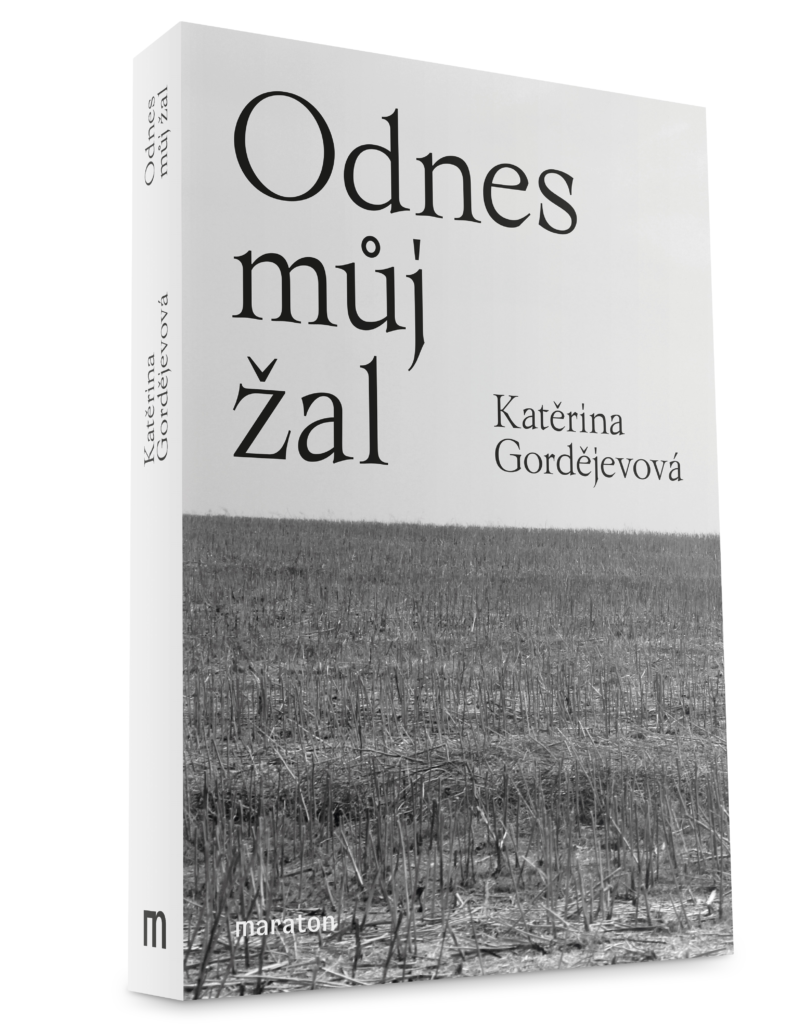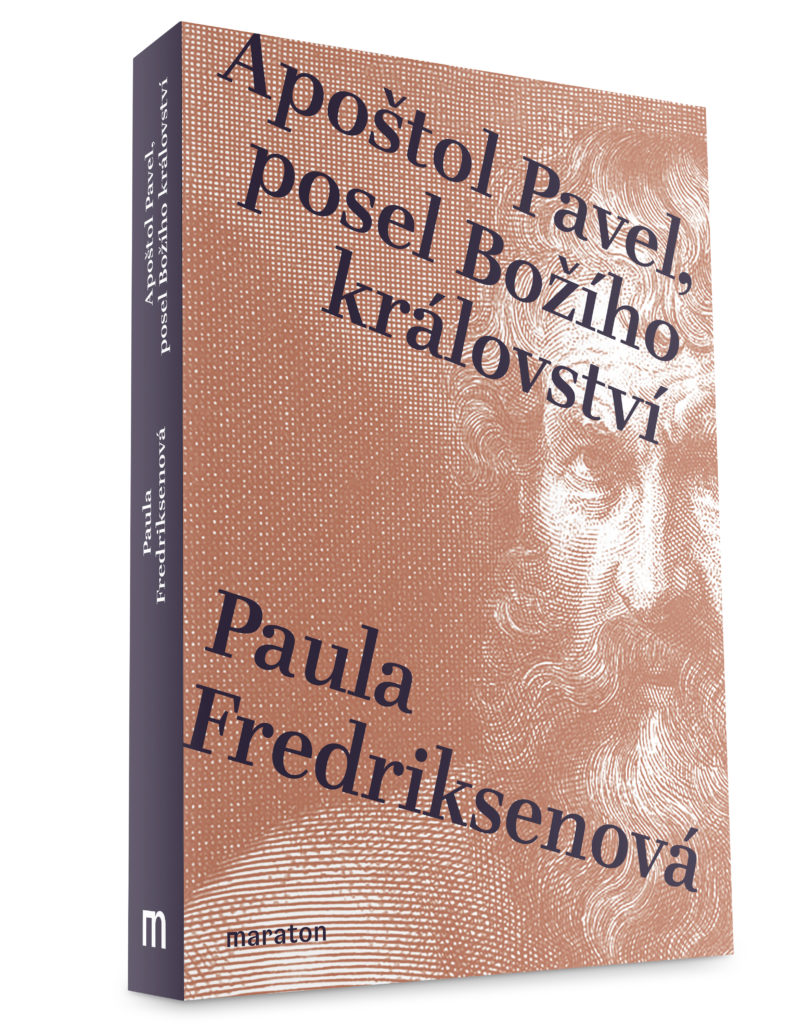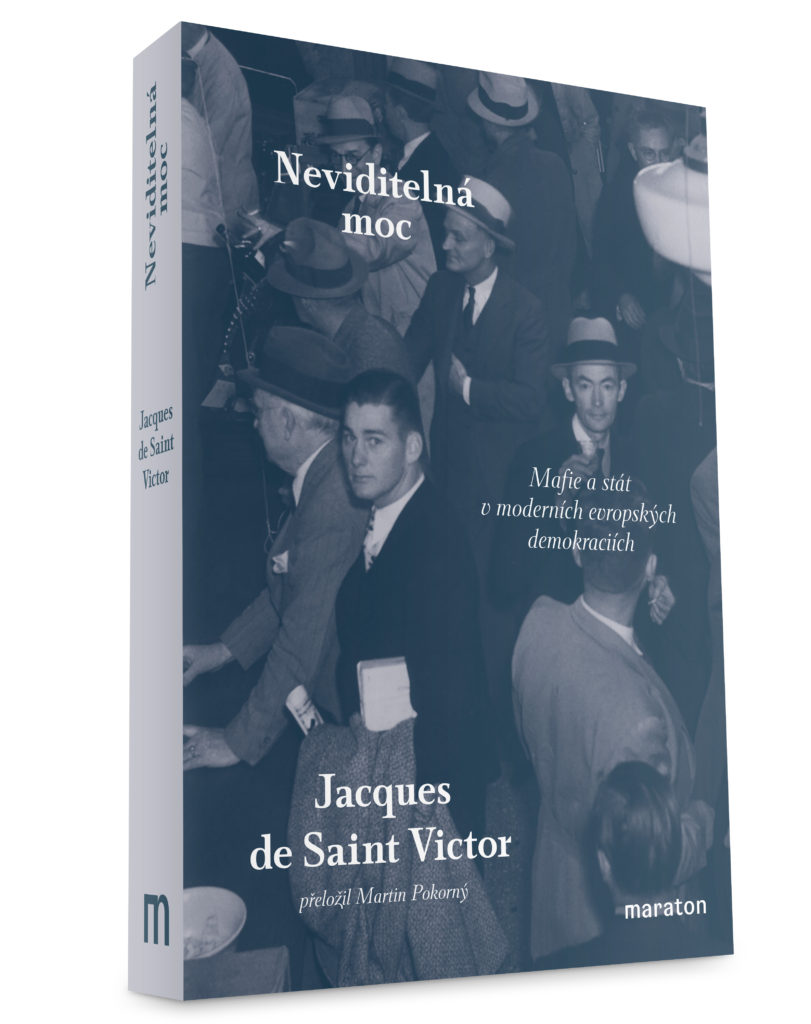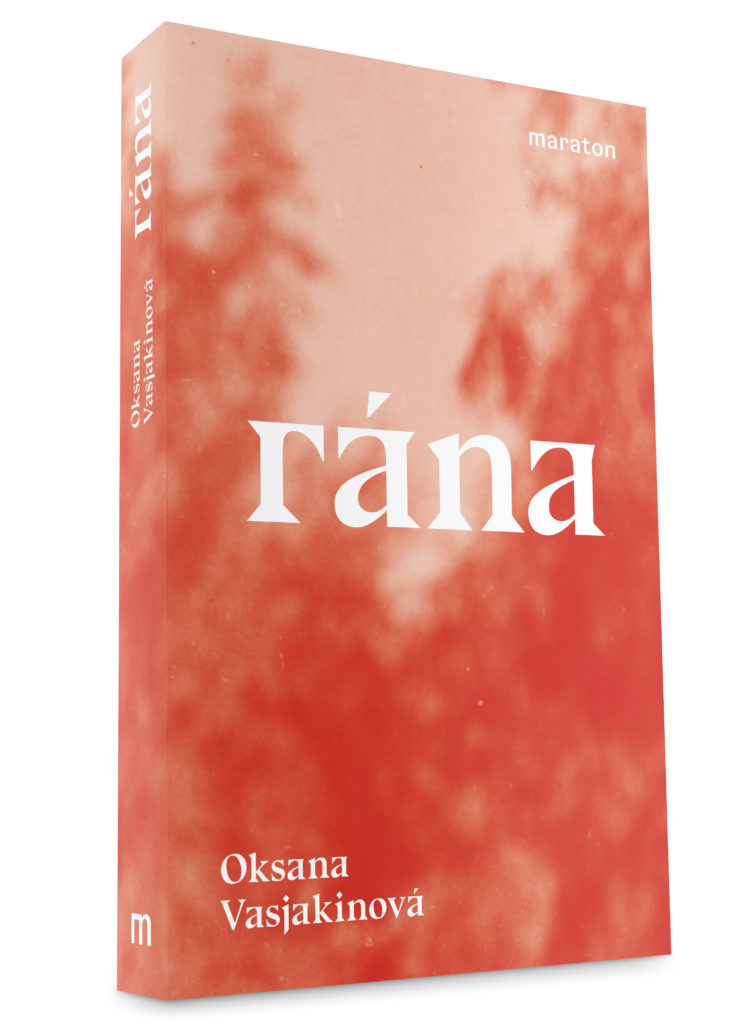Stalin, Hitler a příběh jedné vražedné aliance 1939–1941
To be published: Q3 2025
The Pact. Stalin, Hitler and the Story of a Murderous Alliance 1939–1941. Hitler’s alliance with Stalin, known as the Molotov–Ribbentrop Pact, was not only a temporary armstice between the two totalitarian world powers but practically enabled the Nazi Germany to start the World War II by attacking Poland and simultaneously enabled the Stalinist Soviet Union to occupy the Baltic states and after the war with Finland a part of its territory, too. Thus during the first twenty-two months of the World War II the collaboration of the two dictators changed the political situation on the whole continent fundamentally.

